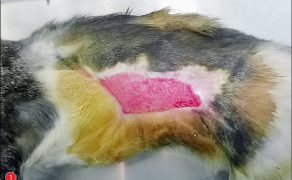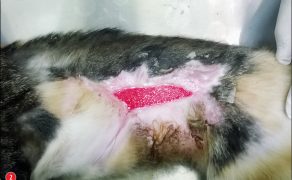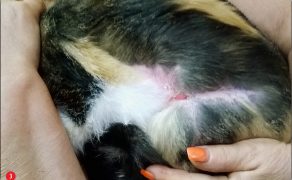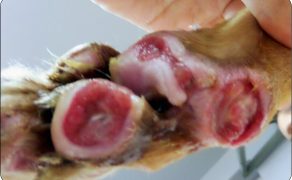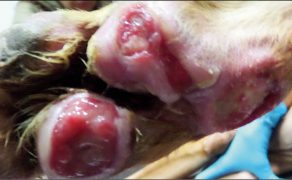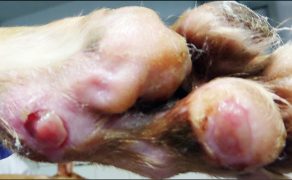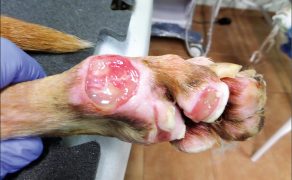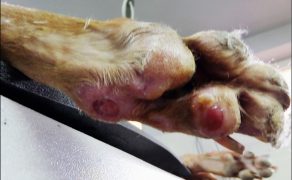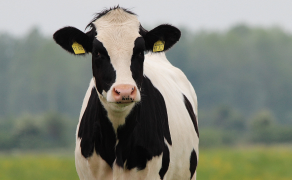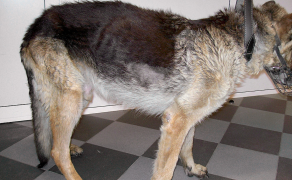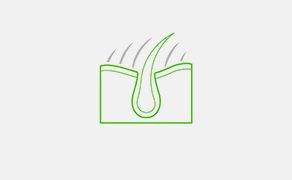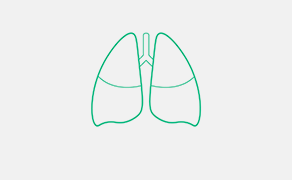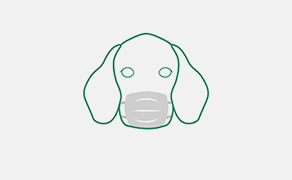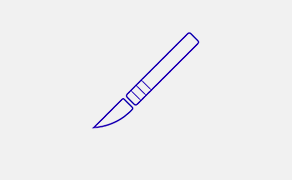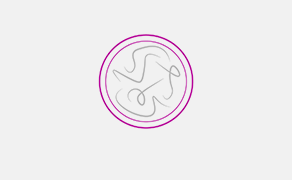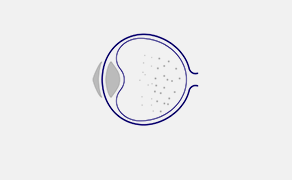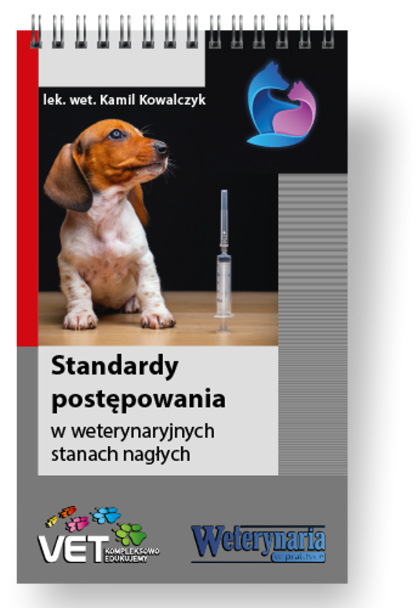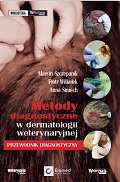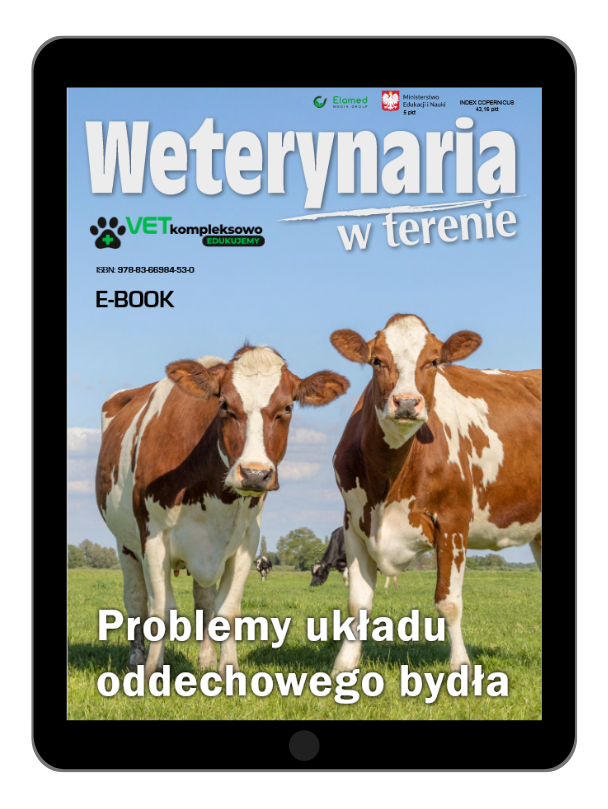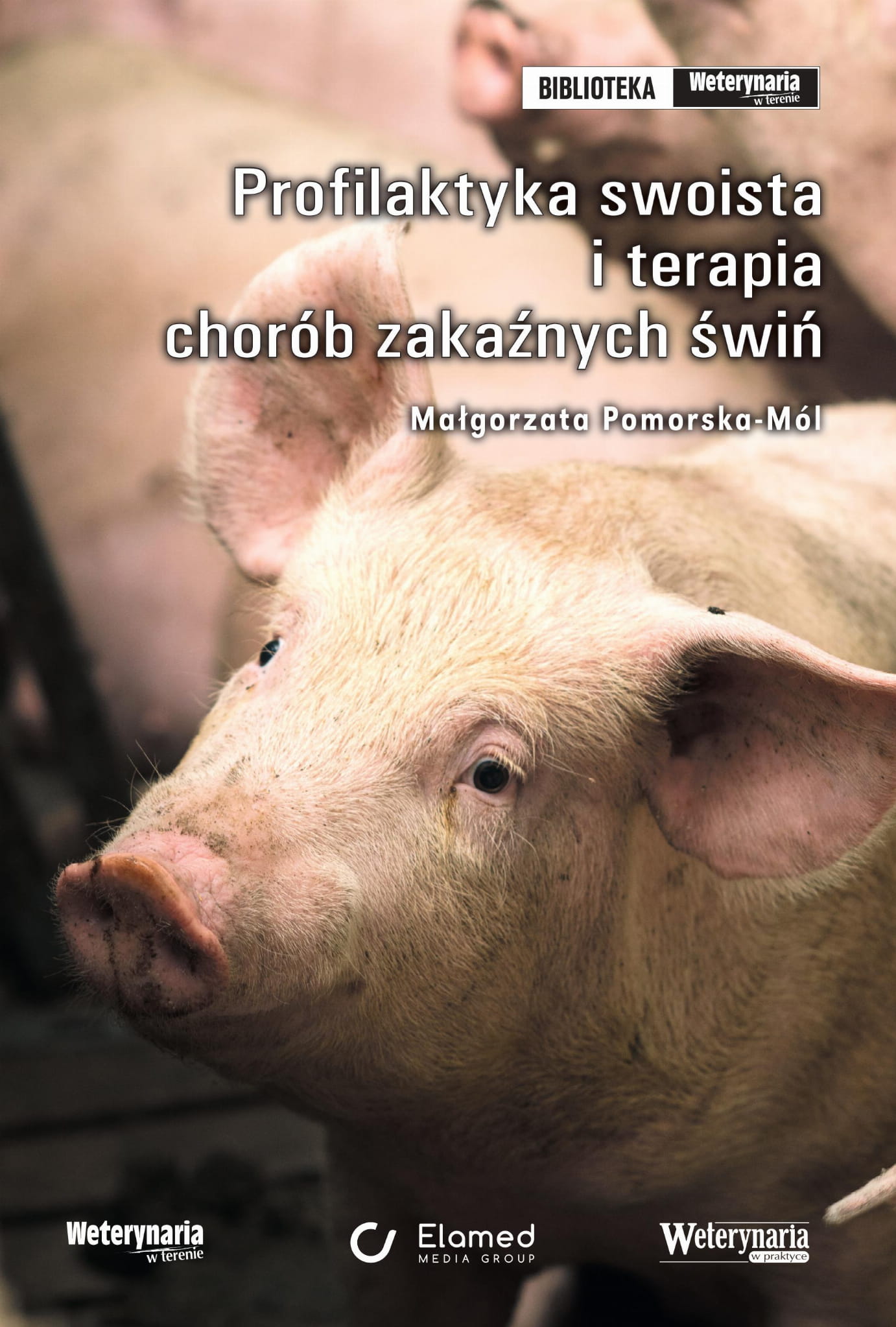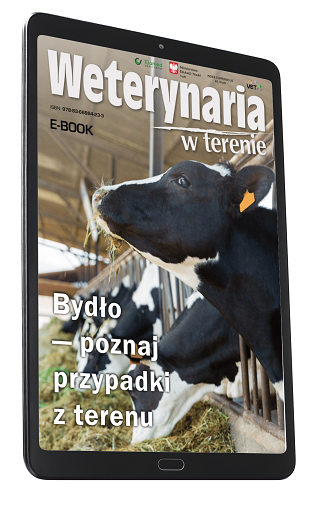Zastosowanie czynników wzrostu w gojeniu dużych ubytków skórnych i ran przewlekłych u zwierząt towarzyszących
Piśmiennictwo
- Barrientos S., Stojadinovic O., Golinko M.S., Brem H., Tomic-Canic M.: Growth factors and cytokines in wound healing. „Wound Repair Regen.”, 16 (2008), 585-601.
- Freedberg I.M., Tomic-Canic M., Komine M., Blumenberg M.: Keratins and the keratinocyte activation cycle. „J Invest Dermatol”, 2001; 116: 633-40.
- Hantash B.M., Zhao L., Knowles J.A., Lorenz H.P.: Adult and fetal wound healing. „Front Biosci”, 2008; 13: 51-61.
- Martin P.: Wound healing – aiming for perfect skin regeneration. „Science”, 199; 276: 75-81.
- Santoro M.M., Gaudino G.: Cellular and molecular facets of keratinocyte reepithelization during wound healing. „Exp. Cell Res.”, 2005; 304: 274-286.
- Atala A., Lanza R., Thomson J.A., Nerem R.: Principles of Regenerative Medicine. Elsevier, New York 2011.
- Fan Q., Yee C.L., Ohyama M., Tock C., Zhang G., Darling T.N., Vogel J.C.: Bone marrow-derived keratinocytes are not detected in normal skin and only rarely detected in wounded skin in two different murine models. „Exp. Hematol.”, 2006; 34: 672-679.
- Werner S., Grose R.: Regulation of wound healing by growth factors and cytokines. „Physiol. Rev.”, 2003; 83: 835-870.
- Lanza R., Langer R., Vacanti J.: Principles of Tissue Engineering. Elsevier, 2000.
- Pierce G.F., Tarpley J.E., Tseng J., Bready J., Chang D., Kenney W.C., Rudolph R., Robson M.C., Vande Berg J., Reid P.: Detection of platelet-derived growth factor (PDGF)-AA in actively healing human wounds treated with recombinant PDGF-BB and absence of PDGF in chronic non-healing wounds. „J. Clin. Invest.”, 1995; 96: 1336-1350.
- Jinnin M., Ihn H., Mimura Y., Asano Y., Yamane K., Tamaki K.: Regulation of fibrogenic/fibrolytic genes by platelet-derived growth factor C, a novel growth factor, in human dermal fibroblasts. ”J Cell Physiol”, 2005; 202: 510.
- Mast B.A., Schultz G.S.: Interactions of cytokines, growth factors, and proteases in acute and chronic wounds. „Wound Repair Regen”, 1996; 4: 411-20.
- Brown G.L., Curtsinger L., Brightwell J.R., Ackerman D.M., Tobin G.R., Polk H.C. Jr., George-Nascimento C., Valenzuela P., Schultz G.S.: Enhancement of epidermal regeneration by biosynthetic epidermal growth factor. „J Exp Med” 1986; 163: 1319-24.
- Brown G.L., Curtsinger L.J., White M., Mitchell R.O., Pietsch J. ,Nordquist R., von Fraunhofer A., Schultz G.S.: Acceleration of tensile strength of incisions treated with EGF and TGF-beta. „Ann Surg”, 1988; 208: 788-94.
- Kim I., Mogford J.E., Chao J.D., Mustoe T.A.: Wound epithelialization deficits in the transforming growth factor alpha knockout mouse. „Wound Repair Regen”, 2001; 9: 386-90.
- Wood L.C., Elias P.M., Calhoun C., Tsai J.C., Grunfeld C., Feingold K.R:. Barrier disruption stimulates interleukin-1 alpha expression and release from a pre-formed pool in murine epidermis. „J Invest Dermatol”, 1996; 106: 397-403.
- Ornitz D.M.: FGFs, heparan sulfate and FGFRs: complex interactions essential for development. „Bioessays”, 2000; 22: 108-12.
- Powers C.J., McLeskey S.W., Wellstein A.: Fibroblast growth factors, their receptors and signaling. „Endocr Relat Cancer”, 2000; 7: 165-97.
- Sogabe Y., Abe M., Yokoyama Y., Ishikawa O.: Basic fibroblast growth factor stimulates human keratinocyte motility by Rac activation. „Wound Repair Regen”, 2006; 14: 457-62.
- Sasaki T.: The effects of basic fibroblast growth factor and doxorubicin on cultured human skin fibroblasts: relevance to wound healing. „J Dermatol”, 1992; 19: 664-6.
- Robson M.C.: The role of growth factors in the healing of chronic wounds. „Wound Repair Regen”, 1997; 5: 12-7.
- Robson M.C., Phillips L.G., Lawrence W.T., Bishop J.B., Youngerman J.S., Hayward P.G., Broemeling L.D., Heggers J.P.: The safety and effect of topically applied recombinant basic fibroblast growth factor on the healing of chronic pressure sores. „Ann Surg”, 1992; 216: 401-408.
- Friedlander M., Brooks P.C., Shaffer R.W., Kincaid C.M., Varner J.A., Cheresh D.A.: Definition of 2 angiogenic pathways by distinct alpha(V) integrins. „Science”, 1995; 270: 1500-1502.
- Clark RAF: The molecular and cellular biology of wound repair. 2nd ed. New York: Plenum Press, 1996.
- Riedel K., Riedel F., Goessler U.R., Germann G., Sauerbier M.: Tgf-beta antisense therapy increases angiogenic potential in human keratinocytes in vitro. „Arch Med Res”, 2007; 38: 45-51.
- White L.A., Mitchell T.I., Brinckerhoff C.E.: Transforming growth factor beta inhibitory element in the rabbit matrix metalloproteinase-1 (collagenase-1) gene functions as a repressor of constitutive transcription. „Biochim Biophys Acta”, 2000; 1490: 259-68.
- Cordeiro M.F., Reichel M.B., Gay J.A., D’Esposita F., Alexander R.A., Khaw P.T.: Transforming growth factor-beta1,-beta2, and -beta3 in vivo: effects on normal and mitomycin C-modulated conjunctival scarring. „Invest Ophthalmol VisSci” 1999; 40: 1975-82.
- Shah M., Foreman D.M., Ferguson M.W.: Neutralisation of TGF-beta 1 and TGF-beta 2 or exogenous addition of TGF-beta 3 to cutaneous rat wounds reduces scarring. „J Cell Sci”, 1995; 108 (Pt 3): 985-1002.
- Tyrone J.W., Marcus J.R., Bonomo S.R., Mogford J.E., Xia Y,, Mustoe T.A.: Transforming growth factor beta3 promotes fascial wound healing in a new animal model. „Arch Surg”, 2000; 135: 1154-9.
- Bhansali A., Venkatesh S., Dutta P., Dhillon M.S., Das S., Agrawal A.: Which is the better option: recombinant human PDGF-BB 0.01% gel or standard wound care, in diabetic neuropathic large plantar ulcers off-loaded by a customized contact cast? „Diabetes Res. Clin. Pract.”, 2009; 83: 13-16.
- Hong J.P., Jung H.D., Kim Y.W.: Recombinant human epidermal growth factor (EGF) to enhance healing for diabetic foot ulcers. „Ann. Plast. Surg.”, 2006; 56: 394-398.
- Roubelakis M.G., Trohatou O., Roubelakis A., Mili E., Kalaitzopoulos I., Papazoglou G., Pappa K.I., Anagnou N.P.: Platelet-rich plasma (PRP) promotes fetal mesenchymal stem/stromal cell migration and wound healing process. „Stem Cell Rev.”, 2014; 10: 417-428.
- Atala A., Lanza R., Thomson J.A., Nerem R.: Principles of Regenerative Medicine. Elsevier, New York 2011.
- White L.A., Mitchell T.I., Brinckerhoff C.E.: Transforming growth factor beta inhibitory element in the rabbit matrix metalloproteinase-1 (collagenase-1) gene functions as a repressor of constitutive transcription. „Biochim Biophys Acta”, 2000; 1490: 259-68.
- Chen S.M., Ward S.I., Olutoye O.O., Diegelmann R.F., Kelman Cohen I.: Ability of chronic wound fluids to degrade peptide growth factors is associated with increased levels of elastase activity and diminished levels of proteinase inhibitors. „Wound Repair Regen”, 1997; 5: 23-32.
- Bernabei R., Landi F., Bonini S., Onder G., Lambiase A., Pola R., Aloe L.: Effect of topical application of nerve-growth factor on pressure ulcers. „Lancet”, 1999; 354: 307.
- Lewin G.R., Mendell L.M: Nerve growth factor and nociception. „Trends Neurosci”, 16: 353-359, 1993.
- Mann A., Breuhahn K., Schirmacher P., Blessing M:. Keratinocyte-derived granulocyte-macrophage colony stimulating factor accelerates wound healing: stimulation of keratinocyte proliferation, granulation tissue formation and vascularization. „J Invest Dermatol”, 2001; 117: 1382-90.
- Gough A., Clapperton M., Rolando N., Foster A..V, Philpott- Howard J., Edmonds M.E.: Randomised placebo-controlled trial of granulocyte-colony stimulating factor in diabetic foot infection. „Lancet”, 1997; 350: 855-9.
- Bussolino F., Wang J.M., Defilippi P., Turrini F., Sanavio F., Edgell C.J., Aglietta M., Arese P., Mantovani A.: Granulocyteand granulocyte-macrophage-colony stimulating factors induce human endothelial cells to migrate and proliferate. „Nature”, 1989; 337: 471-3.
lek. wet. Aneta Bocheńska
Uniwersyteckie Centrum Medycyny Weterynaryjnej UJ-UR
al. Mickiewicza 21 31-120 Kraków
Galeria
Mogą zainteresować Cię również
Znajdź swoją kategorię
2608 praktycznych artykułów - 324 ekspertów - 22 kategorii tematycznych
Weterynaria w Terenie
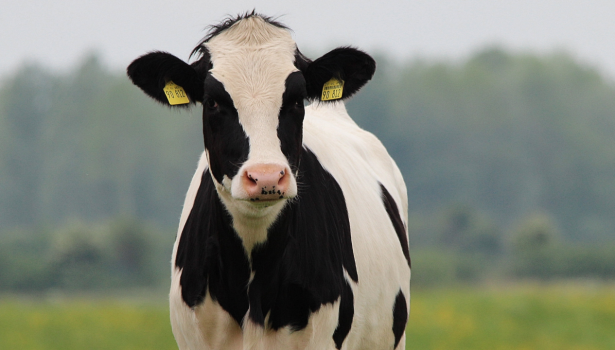
Podkliniczny niedobór wapnia i jego wpływ na wyniki rutynowych badań laboratoryjnych w różnych okresach laktacji u krów mlecznych
Rozpoznawanie choroby Wywiad W rozpoznawaniu pleuropneumonii duże znaczenie ma wywiad epizootiologiczny. Podejrzenie pleuropneumonii powinno być podjęte w przypadku stwierdzenia szybko rozprzestrzeniających się ostrych zachorowań z objawami ze strony układu oddechowego i nagłych padnięć warchlaków i tuczników o dobrej kondycji z objawami chorobowymi ze strony układu oddechowego i wyraźnego zasinienia skóry. Przy postaci chronicznej podejrzenie tej […]

Podkliniczny niedobór wapnia i jego wpływ na wyniki rutynowych badań laboratoryjnych w różnych okresach laktacji u krów mlecznych
Rozpoznawanie choroby Wywiad W rozpoznawaniu pleuropneumonii duże znaczenie ma wywiad epizootiologiczny. Podejrzenie pleuropneumonii powinno być podjęte w przypadku stwierdzenia szybko rozprzestrzeniających się ostrych zachorowań z objawami ze strony układu oddechowego i nagłych padnięć warchlaków i tuczników o dobrej kondycji z objawami chorobowymi ze strony układu oddechowego i wyraźnego zasinienia skóry. Przy postaci chronicznej podejrzenie tej […]
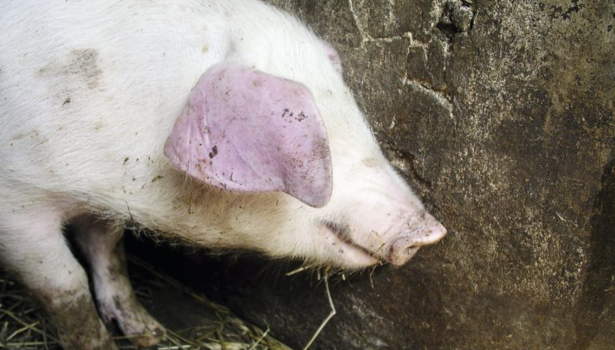
Szerzenie się, profilaktyka i terapia ważnych ekonomicznie chorób układu oddechowego świń (pleuropneumonia, mykoplazmowe zapalenie płuc)
Profilaktyka nieswoista Stosowanie bodźcowych preparatów nieswoistych w sposób wyraźny wzmacnia siły obronne organizmu. Ostatnio wykazano zaskakująco dużą przydatność w stymulacji nieswoistej odporności świń znanego, aczkolwiek nie zawsze docenianego, od dawna wytwarzanego w Polsce produktu; jest nim Biotropina (Biowet Drwalew). Dwukrotne podanie tego biopreparatu prosiętom w okresie okołoodsadzeniowym w stopniu istotnym wzmacniało nieswoistą odpowiedź immunologiczną świń, […]
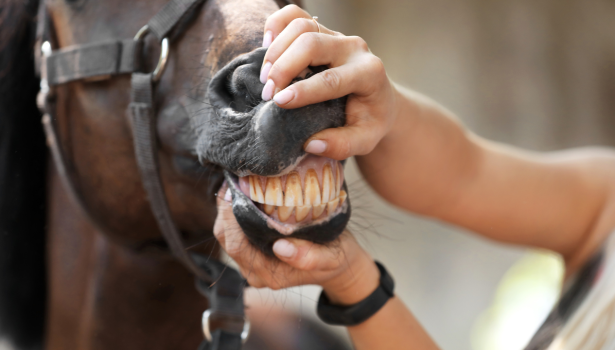
Wprowadzenie do stomatologii koni
Podczas badania klinicznego w pierwszej kolejności obserwujemy całą głowę, zwracając uwagę na jej poszczególne elementy (małżowiny uszne, oczy, kości czaszki, mięśnie, nozdrza), doszukując się w nich braku symetrii. Może być on powodowany deformacją kości czaszki, ich hipertrofią, chorobami neurologicznymi, zanikiem mięśni, obrzękiem tkanek miękkich. Podczas omacywania należy dokładnie sprawdzić okolicę stawu skroniowo-żuchwowego poprzez ucisk (ryc. […]
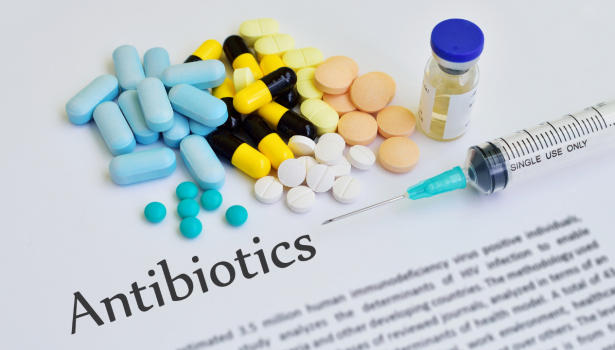
Wskazówki na wypadek widocznego niepowodzenia terapii antybiotykowej. Kryteria skutecznej terapii oraz kluczowe pytania jako 5 kroków drzewa analitycznego
Czynniki powiązane z użyciem antybiotyku w terapii: Czy wybór antybiotyku opierał się na badaniach klinicznych i dodatkowych (diagnoza, antybiogram)? Sprawdź odpowiedź na pytanie 3. Farmakokinetyka/farmakodynamika wybranego antybiotyku? Koncentracja i czas działania antybiotyku w zakażonej tkance a efektywność w stosunku do czynnika bakteryjnego wywołującego chorobę (spektrum działania antybiotyku, wrażliwość z antybiogramu – odpowiedzi na pytanie 3.). […]
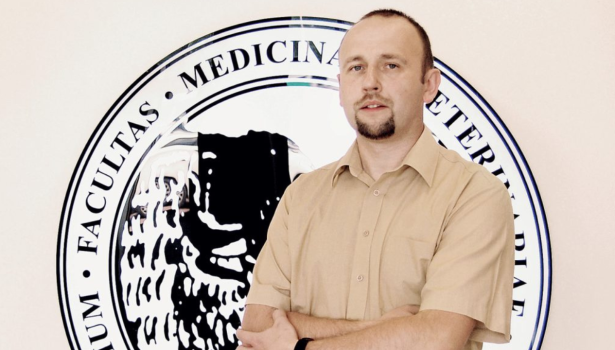
Czarno na białym – mastitis okiem praktyka – rozmowa z dr. n. wet. Sebastianem Smulskim
Rozmowa z dr. n. wet. Sebastianem Smulskim, pracownikiem Uniwersytetu Przyrodniczego w Poznaniu, specjalistą w dziedzinie profilaktyki i leczenia mastitis u krów, który w swoich badaniach zgłębia tematykę zapalenia gruczołu mlekowego u bydła, zarówno w aspekcie naukowym, jak i praktycznym. Większość zapaleń gruczołu mlekowego ma etiologię bakteryjną. Dlaczego, pomimo rozwoju mikrobiologii, medycyny weterynaryjnej i prowadzonych badań, […]
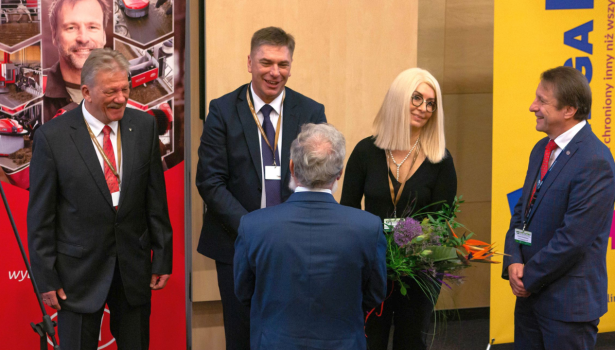
XVIII FORUM ZOOTECHNICZNO-WETERYNARYJNE: NOWE HORYZONTY W ROZRODZIE ZWIERZĄT
Na Uniwersytecie Przyrodniczym w Poznaniu w dniach 18-19 kwietnia br. odbyło się XVIII Forum Zootechniczno-Weterynaryjne pod hasłem „Rozród zwierząt w dobie selekcji genomowej”. To wydarzenie zgromadziło liczne grono lekarzy weterynarii oraz hodowców, by omówić najnowsze osiągnięcia w dziedzinie hodowli i rozrodu zwierząt. Organizacja Forum była wspólnym przedsięwzięciem Poznańskiego Koła Polskiego Towarzystwa Zootechnicznego, Wielkopolskiego Oddziału Polskiego […]


